Oklahoma Salt Mines and the
Time They Led to Real Murder
Oklahoma salt mines were once a huge industry in Oklahoma. Oklahoma has always been a salty state, and geologists have speculated that more than twenty trillion tons of the stuff are underneath all that red soil. Plus, several Oklahoma salt plains can be found in the western portion of the state.
That's a lot of seasoning.
And once, it led to murder.
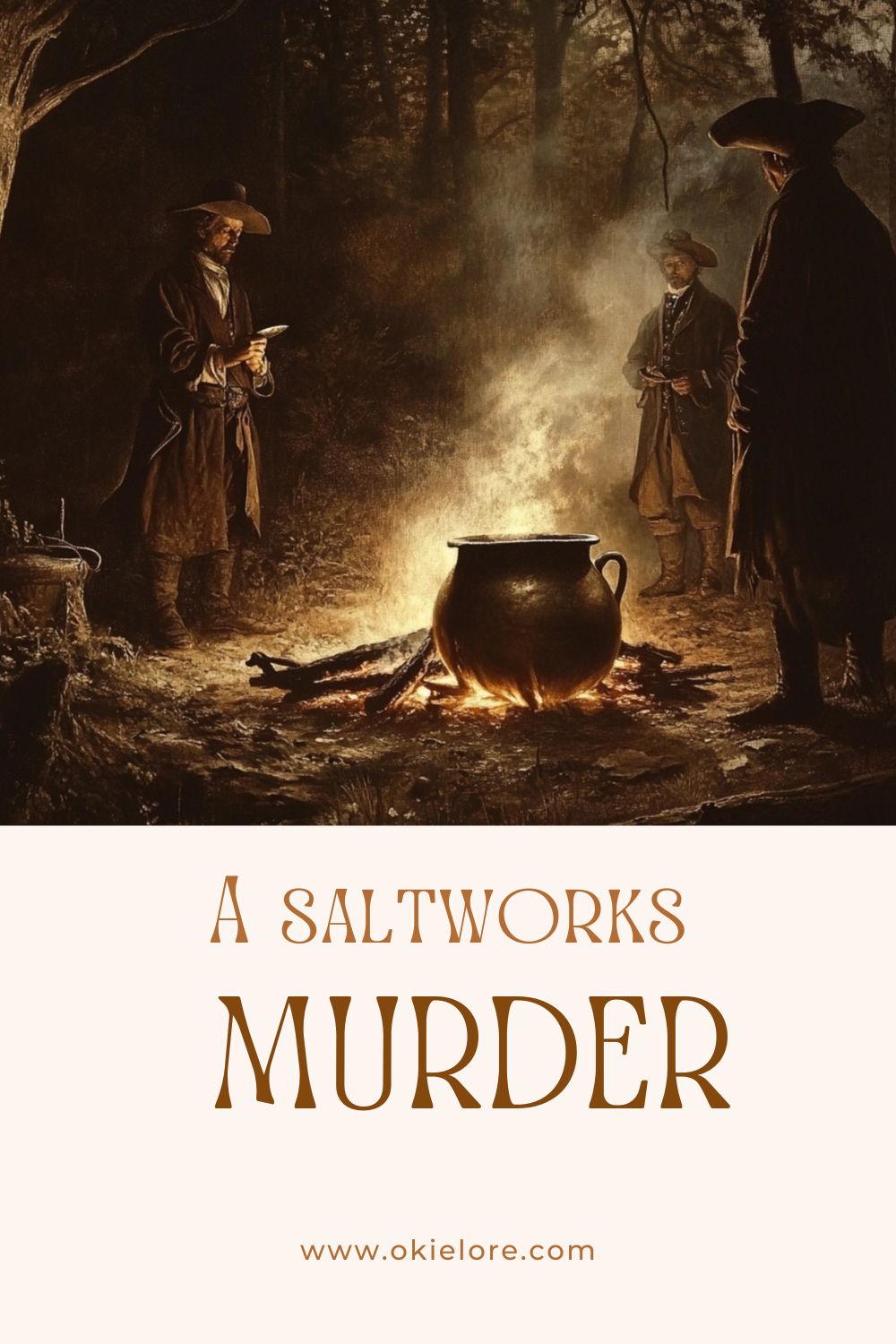
Oklahoma Salt Mines Coming From Salty Water
Not long after the ink dried on the Louisiana Purchase, President Thomas Jefferson sent out several expeditions to explore the more 828,000 miles of uncharted territory west of the Mississippi River. When expeditions eventually reached southeastern Oklahoma, they discovered saline springs producing loads of salty water.
Not great for drinking, naturally, but perfect for creating a salt works.
Salt works were the name for the early Oklahoma salt mines in the area. Salt was a valuable commodity and hard to find back then. Discovering a spring that bubbled with salt water was a bit like finding a pool that produced gold.
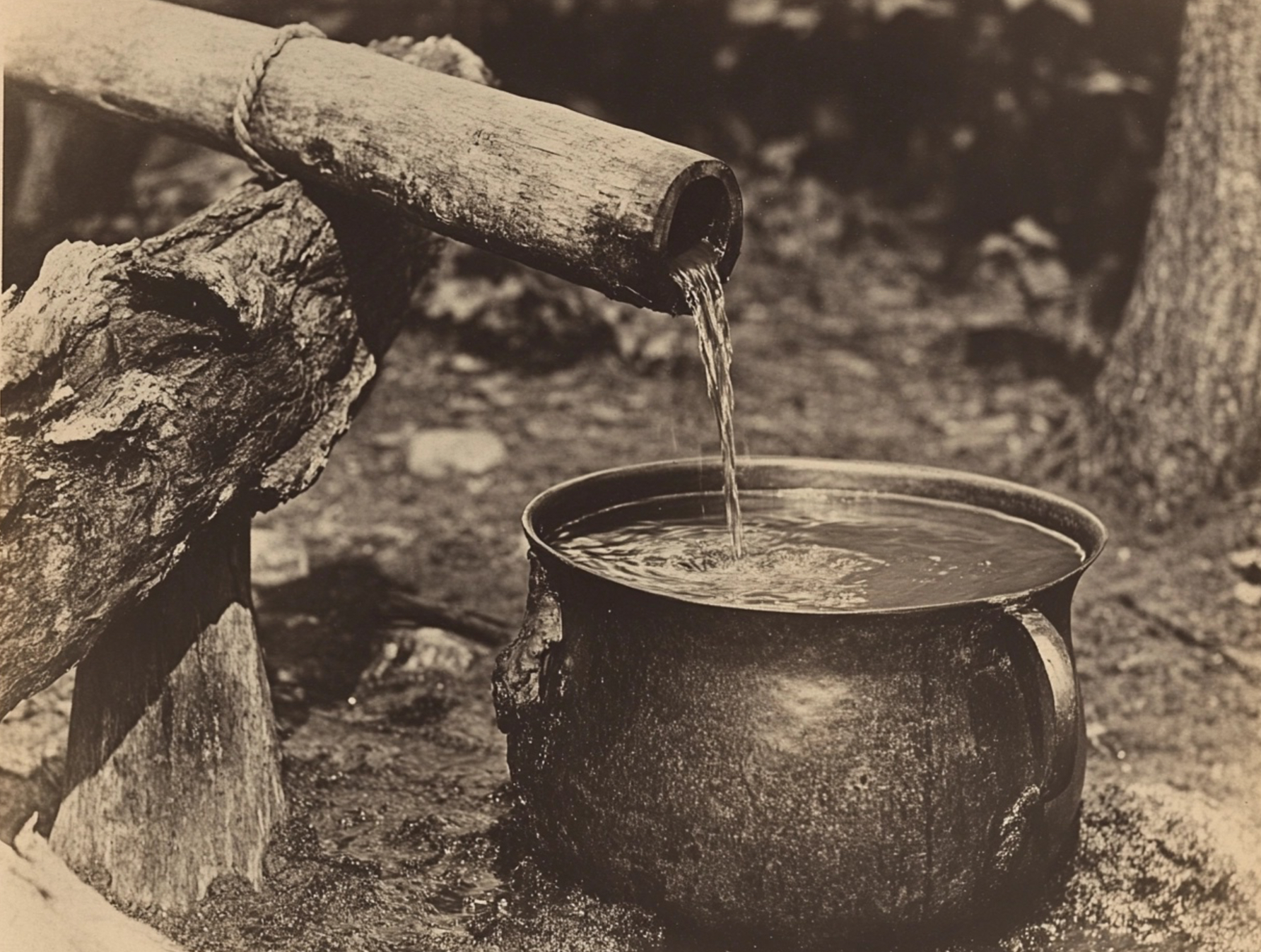
It was a simple matter of hollowing out small logs and then using them to pipe water from the spring into kettles that would boil the water down until only the salt remained. The salt that remained was shoveled out, taken to a salt house and then sold to the locals.
Depending on the depth of nearby rivers, the salt could also be shipped as far away as New Orleans. A salt work was a profitable venture, and people began manufacturing salt in Oklahoma as far back as 1815.
Cherokees had begun to voluntarily migrate to the area later known as eastern Oklahoma in 1808. Major William Lovely had been named the Indian agent in the area and gave a license to Bernard Mouille to produce salt out on the Grand River. Eventually Johnson Campbell managed the enterprise, along with his friend David Earheart. Another person who worked with them was William G. Childers.
It eventually led to a crime discovered by an English naturalist.
English Botanist Uncovers Foul Play?
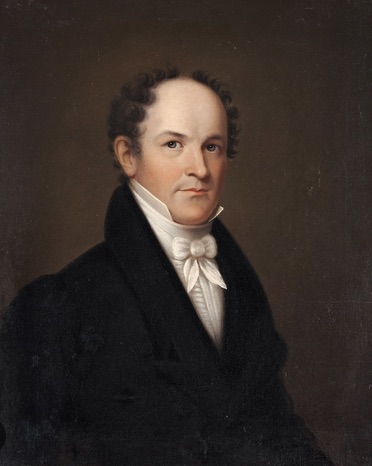
Famous English botanist Thomas Nuttall arrived in America when he was 22 years old. Nuttall was determined to explore the southern plains from the Mississippi River to the Rocky Mountains and note the flora and fauna growing there. He reached Fort Smith in April of 1819.
After spending several weeks at the post, he accompanied a military expedition to the southern Red River valley, including Oklahoma, Texas, Arkansas and Louisiana.
Eventually, Nuttall took a canoe and traveled the Arkansas River, reaching a trading post on the mouth of the Verdigris River near what is now Muscogee, Oklahoma. From there, he set out to visit the salt works named the Campbell Salt Works after Johnson Campbell, who managed it.
But when he arrived, he found the salt works virtually abandoned.
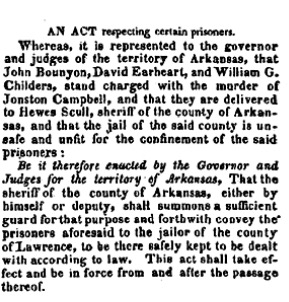
It turns out, greed is an ugly thing, and Earheart and Childers wanted the salt works for themselves. with Earheart egging him on, Childers shot Campbell and then scalped him to make it look like an Indian attack. Suspecting foul play, local authorities eventually arrested David Earheart and William G. Childers. They also detained John Bounyon who witnessed the event.
A contemporary of the men, Timothy Flint, would later say he had never seen men with such "diabolocal countenances."
Although the men were arrested, they never paid for their crime. The two men managed to escape from the jail before they could be hanged for murder.
Apparently, jails back then weren't very sturdy.
Oklahoma Salt Plains and the Salt Industry in Indian Territory
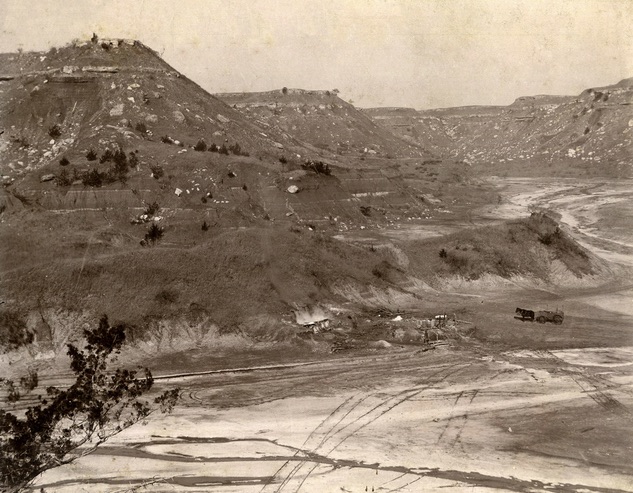
In the 1800s, salt was a valuable commodity. The salt industry was lucrative in Indian Territory both before and after the Civil War. Unfortunately, once the railroads came in, cheaper supplies of salt could be found elsewhere, and salt production in the eastern portion of Indian Territory came to an end.
But the same couldn't be said about the western half of the state where many Oklahoma salt plains are located. When the pioneers arrived, they would visit the Great Salt Plains, load up their wagons with the salt and sell it to people living in both Oklahoma and Kansas.Even Jesse Chisholm got into the game, producing salt and selling it to Native Americans living on the Plains.
Blaine County, located in the western portion of Oklahoma, was particularly salty. Salt plants were erected there beginning in the early 1900s. One of them was owned by the Morton Salt Company. Salty entrepreneurs produced 961 tons of salt in 1900. By 1936, salt production had increased to more than 30,000 tons.
Salt production was such an important part of Oklahoma industry at that time, that one of the salt works in Southard is listed in the National Register of Historic Places.
Watch the video below to learn more.
